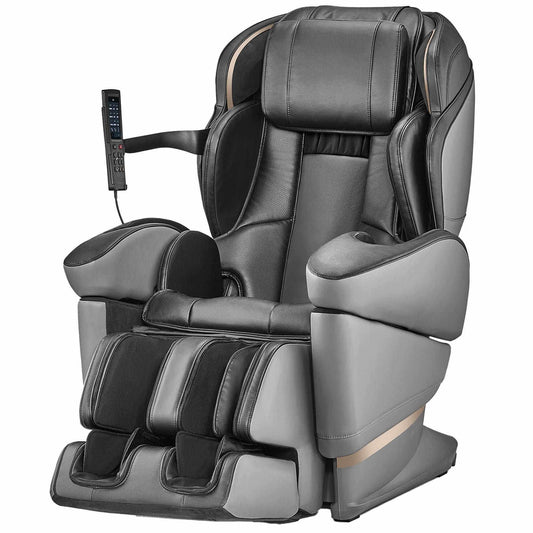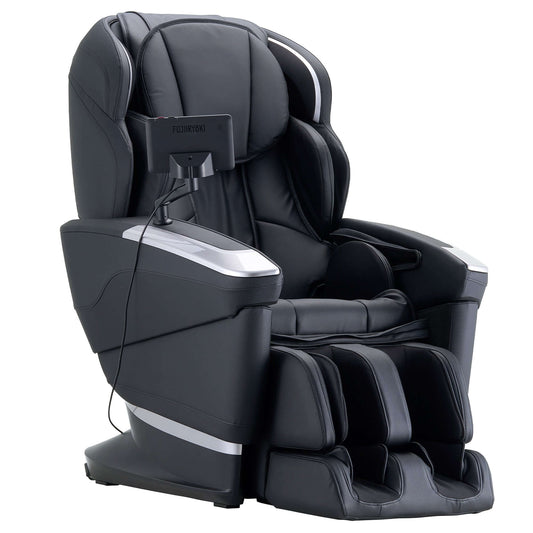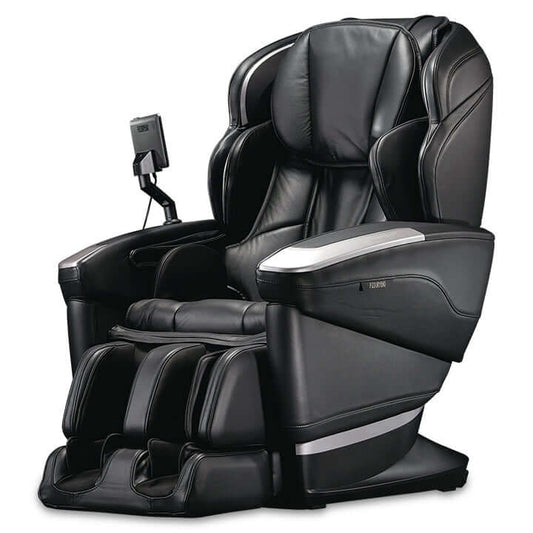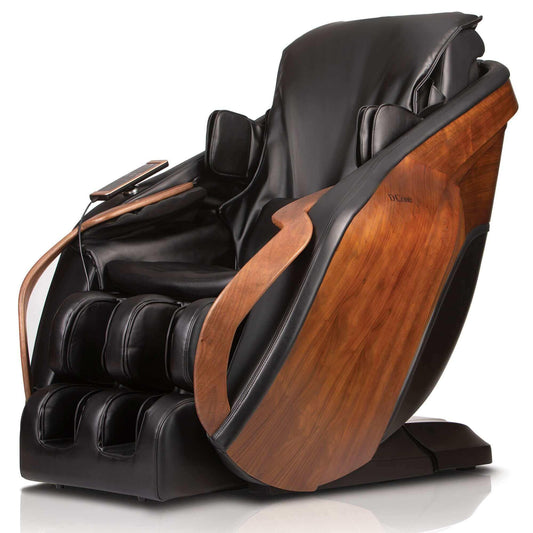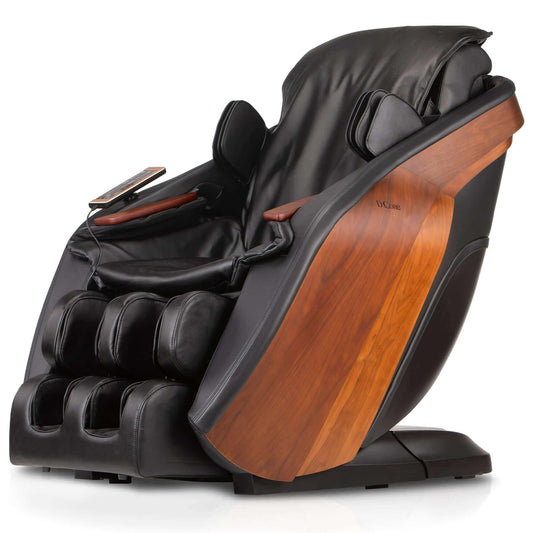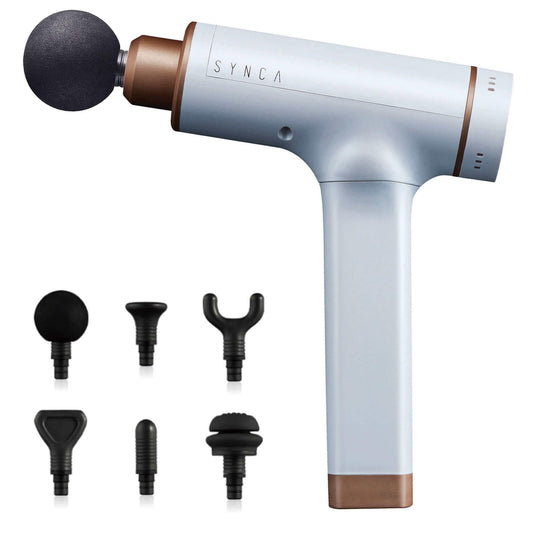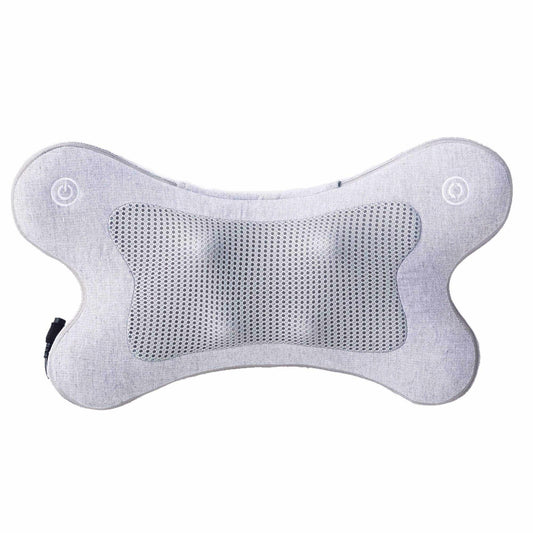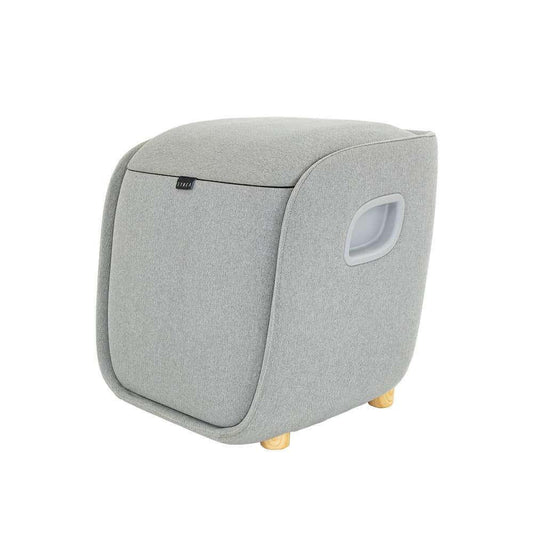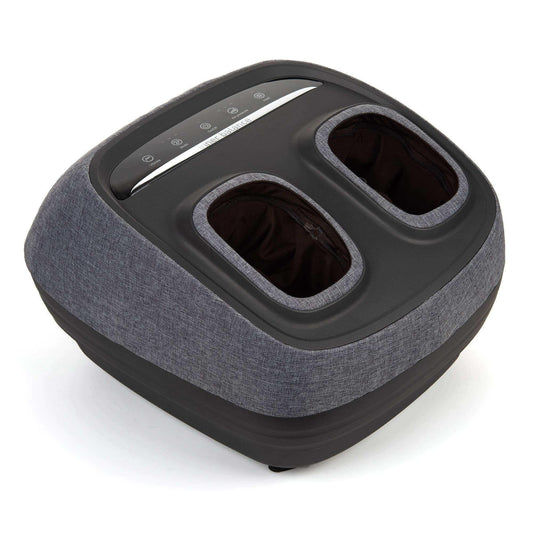
Do Podiatrists Recommend Foot Massagers? A Comprehensive Guide in 2025
Do Podiatrists Recommend Foot Massagers? A Comprehensive Guide in 2025
Foot pain is a pervasive issue, impacting millions across the globe in 2025. Our feet endure considerable stress daily, whether from demanding jobs, strenuous exercise, or simply the cumulative effects of daily life. This widespread discomfort has led many to explore various avenues of relief, with foot massagers emerging as a popular option. But do podiatrists, the medical professionals specializing in foot and ankle health, actually endorse the use of these devices? The answer, as we'll discover, is more nuanced than a simple yes or no.
While a podiatrist won't typically prescribe a specific brand of foot massager like they would a medication, many recognize their potential benefits as a complementary therapy. This article aims to provide a thorough exploration of this topic, weighing the potential advantages and disadvantages, and empowering you to make an informed decision about incorporating a foot massager into your self-care routine.
The Allure of Foot Massagers: Exploring the Potential Benefits
The market offers a wide array of foot massagers, ranging from basic roller devices to sophisticated electronic models boasting features like heat therapy, shiatsu massage, and even air compression. These devices are marketed with a range of purported benefits, including:
- Pain Management: Numerous users report significant reductions in pain associated with conditions such as plantar fasciitis, metatarsalgia, arch pain, and general foot fatigue. The targeted massage can help alleviate muscle tension and inflammation.
- Enhanced Circulation: The massaging action is believed to stimulate blood flow, potentially benefiting individuals with poor circulation or those recovering from foot injuries. Improved circulation aids in nutrient delivery and waste removal, promoting tissue repair.
- Stress Reduction and Relaxation: The act of receiving a foot massage, whether self-administered or via a device, can be profoundly relaxing. This can contribute to overall stress reduction and improved mental well-being.
- Improved Flexibility and Range of Motion: Regular use might enhance flexibility in the ankles and feet, improving range of motion and potentially reducing the risk of injury.
- Improved Sleep Quality: Many users report that using a foot massager before bed helps relax tense muscles and improves sleep quality.
It is crucial to note that while these benefits are frequently cited by users and manufacturers, rigorous scientific evidence supporting these claims can be limited. Further research is needed to definitively establish the efficacy of foot massagers for specific conditions.
When Podiatrists Might Recommend (or at Least Approve Of) Foot Massagers
Podiatrists are more likely to view foot massagers favorably as a supplementary treatment alongside other therapies, rather than a sole treatment for foot ailments. Here are scenarios where their approval is more probable:
- Chronic Pain Management (As Adjunctive Therapy): For individuals with persistent foot pain from conditions like plantar fasciitis or arthritis, a foot massager can provide temporary pain relief and enhance comfort. It's essential to emphasize that this is not a replacement for professional treatment but a means of managing discomfort between appointments.
- Post-Operative Rehabilitation: Under the guidance of a podiatrist, a foot massager can be incorporated into a rehabilitation program following surgery. Gentle massage can improve blood circulation, reduce stiffness, and promote healing.
- Addressing Muscle Spasms and Tension: Foot massagers can effectively target muscle spasms and tension, offering relief for those experiencing cramping or stiffness.
- Diabetic Foot Care (With Caution): Individuals with diabetes should exercise extreme caution and always consult their podiatrist before using a foot massager. Impaired sensation in diabetic neuropathy can increase the risk of injury.
- Prevention and Maintenance: For individuals who spend significant time on their feet or engage in activities that place stress on their feet, regular use of a foot massager might help maintain foot health and prevent problems.
The key takeaway is that a foot massager should not be seen as a replacement for professional podiatric care. Regular checkups and adherence to any prescribed treatment plan remain crucial.
Potential Drawbacks and Cautions
Despite the potential benefits, several considerations warrant attention:
- Not a Cure: Foot massagers are not a cure for serious foot conditions. They offer temporary relief and can complement professional treatment but cannot replace it.
- Risk of Injury: Incorrect or excessive use can lead to injury, particularly for those with pre-existing conditions. Always follow manufacturer instructions carefully.
- Individual Variability: Responses to foot massage vary widely. What provides relief for one person might not be effective for another.
- Cost: High-quality foot massagers can be a significant investment.
- Potential for Over-Reliance: Over-reliance on foot massagers can delay seeking professional help when necessary, potentially worsening a condition.
Choosing the Right Foot Massager: A Podiatrist's Perspective (Inferred)
While a podiatrist won't recommend a specific brand, their implied advice would likely center on the following:
- Massage Type: Consider the type of massage best suited to your needs (shiatsu, rolling, kneading, vibration). For plantar fasciitis, a device focusing on the arch might be beneficial.
- Features: Heat settings can enhance relaxation and pain relief, while intensity adjustments allow customization.
- Comfort and Fit: The device should be comfortable and provide adequate support for your feet.
- Durability and Build Quality: Invest in a well-made device to ensure longevity.
- Read Reviews: Check online reviews to gauge the experiences of other users.
Integrating Foot Massagers into Your Holistic Foot Care Routine
Incorporating a foot massager into your routine can be beneficial, but only as a component of a broader approach to foot health. This holistic approach includes:
- Regular Podiatric Checkups: Schedule routine checkups for early detection and treatment of potential issues.
- Proper Footwear: Wear supportive, well-fitting shoes.
- Foot Exercises and Stretching: Incorporate simple exercises to improve flexibility and strength.
- Maintaining a Healthy Weight: Excess weight puts extra stress on your feet.
- Hydration: Adequate hydration supports overall body health, including your feet.
Conclusion: A Complementary Tool, Not a Replacement
In 2025, foot massagers offer a potentially valuable addition to your self-care routine, but they are not a substitute for professional podiatric care. They can provide temporary pain relief, improve circulation, and promote relaxation. However, always consult your podiatrist before using a foot massager, especially if you have pre-existing conditions. Used responsibly and in conjunction with a holistic approach to foot health, a foot massager can be a helpful tool in maintaining comfortable and healthy feet.

